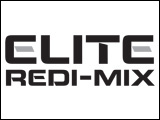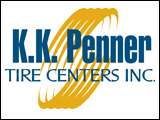A U.S. based agricultural economist projects production costs, particularly feed costs, will be the biggest factor affecting profitability in the North American hog industry this winter.
U.S. projected beak-even costs for raising hogs for next year have climbed from the low to mid 60s on a carcass weight basis in July and August to the mid 70s and as high as 78 or 79 dollars.
Paragon Economics president Dr. Steve Meyer told those on hand last week for Saskatchewan Pork Industry Symposium 2010 corn is the largest feed ingredient and drives feed prices.
We’re going to see a big battle for acres next spring as corn, soybeans, wheat, even cotton fight over the available tilled acres in the U.S. and so I think costs are going to be the issue.
This year of course the corn crop was thought to be very very good early on and it kind of got smaller and smaller as we got toward harvest.
It’s still going to be the third largest crop on history but still because of when it happened, because we realize that it’s going to be a short crop the season average corn price is going to be the highest on record.
The ethanol situation is still the driver.
There will be possibly some changes in policy on the blenders tax credit and the tariff but those plants are already out there and they’re still going to make ethanol out of corn.
If those policies, the tax credit and the tariff are changed that could help prices some but it’s not going to push us back down significantly lower than where we are now.
Dr. Meyer says hog prices are always important for profitability but the futures indicate prices will be reasonably good next year if we can manage our costs.
He says, given these higher feed costs, feed efficiency will be critical and suggests fine tuning diets and checking feeder adjustments to make sure there isn’t any feed going into the pit, optimizing selling weights and keeping an eye on other input costs such as energy.
Source: Farmscape.Ca



